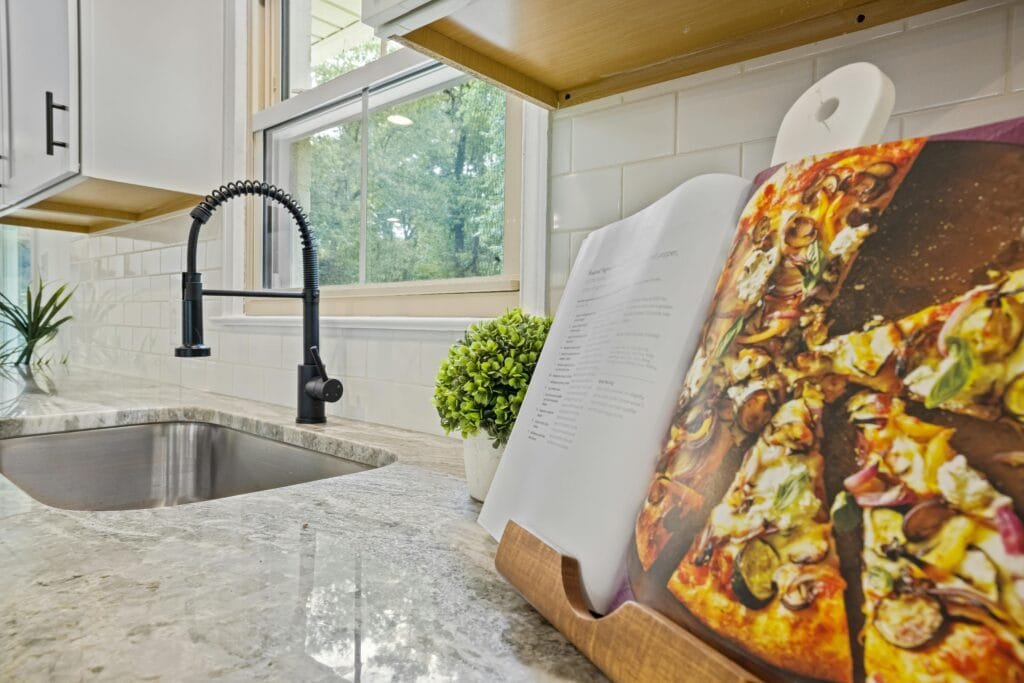When renovating or building a kitchen, cabinetry often becomes the centerpiece of both design and expense. For homeowners seeking a balance between affordability, style, and functionality, ready-to-assemble cabinet systems are a popular choice. They offer flexibility in design and can work for nearly any space, whether you’re designing a small galley kitchen or a sprawling open-plan layout. But how much should you budget for this kind of cabinetry? Let’s break it all down.
Understanding Ready-to-Assemble Cabinet Systems
These cabinet systems are modular and customizable, allowing homeowners to piece together units based on their specific kitchen layouts. They’re often delivered flat-packed to save costs, with buyers handling assembly themselves or hiring professionals. These modular systems provide a great mix of functionality and aesthetics while keeping costs reasonable compared to custom or semi-custom options.
Key Features
Customizable Sizes: Cabinets come in various widths, heights, and depths, designed to fit most kitchens.
Durable Materials: The frames are typically made from particleboard with a melamine coating, while door fronts are available in options like laminate, wood veneer, or solid wood.
Modern Functionality: Features such as soft-close hinges and smooth drawer slides often come standard.
Design Variety: Buyers can choose from numerous door styles, colors, and finishes to match their kitchen aesthetic.
Warranty: Many systems include warranties, often up to 25 years, ensuring peace of mind for long-term use.

Base Costs for Modular Cabinetry
Pricing can vary widely depending on the size of your kitchen, the type of cabinet finishes you select, and whether you choose to handle the assembly yourself or hire professionals. Let’s dive into the specifics.
1. Frames
The foundation of any modular system is its cabinet frames. These are standardized boxes that form the base for storage and are made from sturdy engineered wood.
Base Units: Small base cabinets (e.g., 15″ wide) start at around $50–$100, while larger ones (e.g., 36″ wide) cost $150–$250.
Wall Units: Wall-mounted cabinets are typically less expensive, with prices ranging from $40–$120 depending on height and width.
Tall Units: Full-height pantry cabinets or utility units cost more, often between $150–$300.
For a medium-sized kitchen, expect to spend $1,000–$2,000 on the frames alone.
2. Door and Drawer Fronts
Cabinet doors and drawer fronts are what truly define the style of your kitchen. The cost depends on the material and design:
Laminate Options: The most budget-friendly, starting at around $10–$30 per piece.
Wood Veneer Options: These provide a more luxurious look and range from $50–$100 per piece.
Solid Wood Options: Premium styles, like solid wood, range from $80–$150 each.
A medium-sized kitchen with 20 doors and 10 drawer fronts could range from $500–$2,000, depending on the style chosen.
3. Interior Hardware
While the frames and doors define the structure and aesthetics, the hardware determines functionality.
Hinges: Soft-close hinges cost about $5–$8 each, and two are typically needed per door.
Drawer Slides: High-quality, soft-close drawer slides range from $15–$25 per pair.
Shelves: Adjustable interior shelving can add $10–$20 per shelf.
Plan on spending $300–$600 for the hardware in an average kitchen.
Additional Costs
While the modular cabinetry itself accounts for a significant portion of the budget, there are several other factors to keep in mind when planning your renovation.
1. Countertops
Countertops are an essential part of any kitchen, and costs can range widely depending on the material:
Laminate: Starting at $40–$60 per linear foot, these are the most affordable.
Wood or Butcher Block: These cost $100–$200 per linear foot and add warmth to the kitchen.
Quartz or Solid Surface: More premium materials, like quartz, can cost $300 or more per linear foot.
A standard 10-foot countertop could cost between $400–$3,000, depending on the material you choose.
2. Accessories and Storage Solutions
These add-ons help maximize your space and make the kitchen more functional.
- Pull-Out Drawers: Add $20–$50 each.
- Organizers and Dividers: Range from $5–$25 per piece.
- Drawer Inserts: Cost around $10–$30 each.
Fully outfitting your kitchen with these accessories could add $200–$500 to your total costs.
3. Assembly and Installation
While the cabinets are designed to be assembled by homeowners, not everyone has the time or expertise to do it. Hiring professionals can significantly add to the cost:
- Assembly: Expect to pay $50–$100 per cabinet for professional assembly.
- Installation: Costs for installation run about $100–$200 per cabinet, depending on the complexity.
For a medium-sized kitchen with 20 cabinets, professional assembly and installation might cost $3,000–$6,000.
4. Custom Modifications
In some cases, kitchens require modifications to the cabinetry to fit unusual layouts. These adjustments can cost anywhere from $500–$2,000, depending on the complexity.
5. Shipping and Delivery
Flat-pack cabinetry often incurs delivery fees, which can range from $39–$199, depending on the order size and location.

Example Budgets for Different Kitchen Sizes
Small Kitchen (10’x10′)
- Frames: $1,000
- Doors: $500 (basic laminate)
- Hardware: $400
- Assembly/Installation: $3,000
- Accessories: $300
- Total: $5,200
Medium Kitchen (12’x15′)
- Frames: $1,500
- Doors: $1,000 (wood veneer)
- Hardware: $600
- Assembly/Installation: $4,500
- Accessories: $500
- Total: $8,100
Large Kitchen (15’x20′)
- Frames: $2,500
- Doors: $2,000 (solid wood)
- Hardware: $1,000
- Assembly/Installation: $6,000
- Accessories: $1,000
- Total: $12,500
Tips for Saving Money
While modular cabinetry systems are already cost-effective, there are ways to save even more:
- DIY Assembly: Save on labor costs by assembling the cabinets yourself.
- Shop Sales: Many retailers offer discounts on kitchen products during seasonal sales.
- Mix Materials: Use premium finishes on visible cabinets and budget options for less prominent areas.
- Reuse Existing Features: If possible, keep your current countertops or appliances to cut costs.
Final Thoughts
For homeowners seeking stylish, functional, and affordable cabinetry, modular systems are a fantastic option. By carefully considering the components and add-ons you need, you can achieve a customized look without breaking the bank. Whether you choose a simple laminate finish or a more luxurious wood veneer, the flexibility and versatility of these systems make them a popular choice for kitchens across America.



